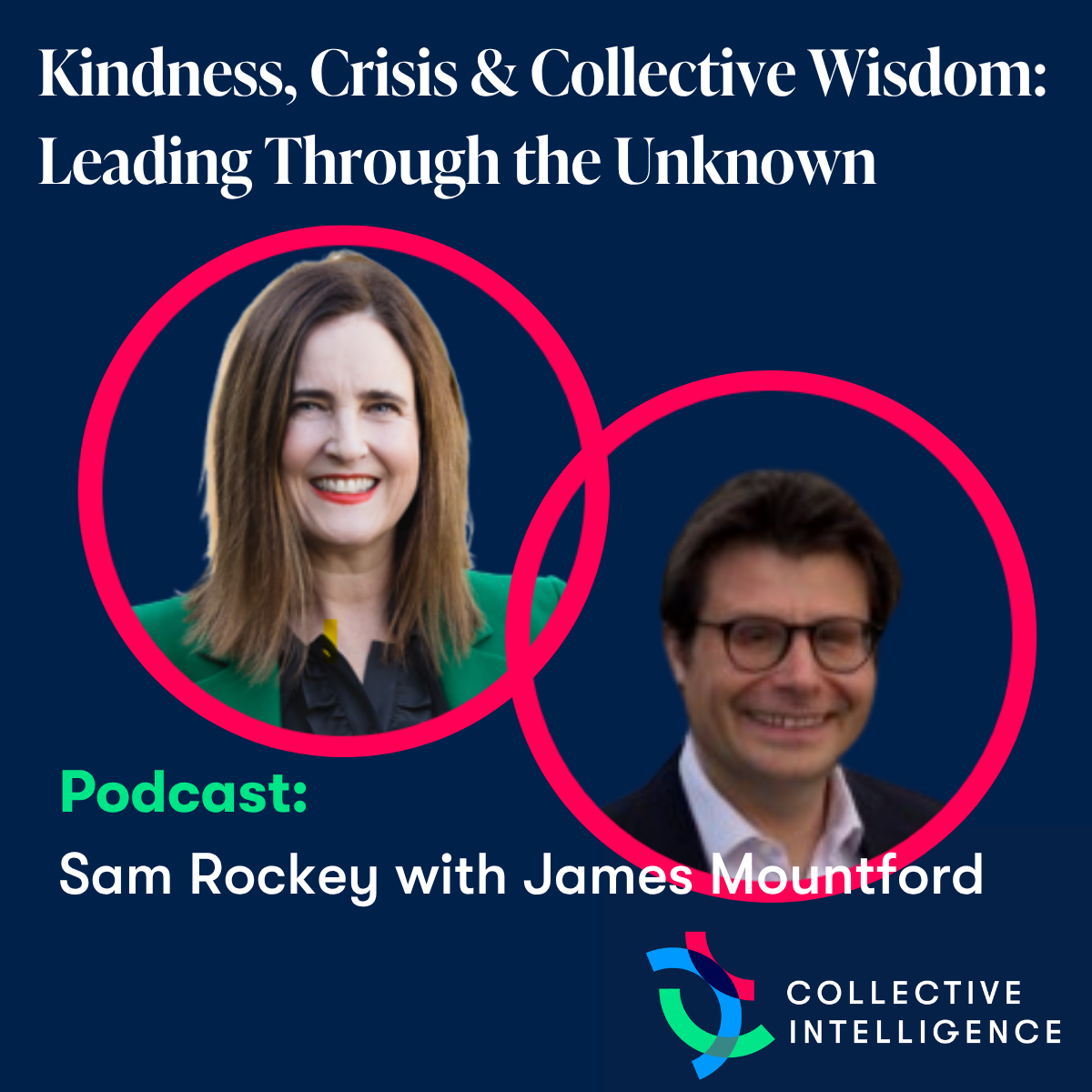I spent a few weeks over Christmas daily putting my husband’s left sock on for him. Partly as a result of his passion for padel (and over-competing with his son and future-son-in law), he was recovering from having half a new knee. The left sock eluded him.
But it left me asking what is this madness that has latterly gripped my family and friends? In Europe, Padel is predicted to grow annually by 26%. According to the USA Pickleball Association, pickleball has grown on average at 158.6% over the last 3 years and is taking off in Europe. It is apparently the fastest growing sport in the US.
Apart from both being thoroughly great games – Pickleball and Padel have other secret social powers that fuel their success:
Size of Court: The courts are small (especially so for pickleball). Players are therefore physically close to each other. It’s easy to talk as you play, to high five (even to whisper tactics).
Fours: Four is the perfect number for a conversation (it’s the most frequent number for a restaurant booking, did you know?). Any more than four, and a conversational group always breaks into two. Having four players makes it easier to convene a game than team sports like netball or football - so you can meet more frequently.
Fun from the Start: Unlike tennis, you can play from the get-go (and there’s less exclusivity). The rules are fairly simple (especially pickleball). Grannies can play with sons and grandchildren (fathers-in-law ..with sons-in-law…) in an age where opportunities for intergenerational activity is thin on the ground.
Synchrony: Anything done synchronously (marching, walking, hitting a ball over a net) creates endorphins, the brain’s own opiates. These are social hormones that help to build lasting connection.
Shared Experience: sharing a loss (more bonding) or a win – or simply a physical or emotional experience creates bonds of trust and amity.
Cognitive Function / Mentalising: the need to behave tactically, to mentalise (to think about what the opposition is thinking, to understand their motives) and to respond are all psychologically enlivening and bring social health benefits.
Many courts are either outside, in clubs or community spaces. The opportunity for gathering before and after a game, to make new connections (to ask a stranger to make up a four), to be outside in the fresh air and to feel part of a larger community are all important aspects of both games. In London, the Spanish influence means there is quite often paella to share – even better.
In the 1950’s when the WHO first focused on ‘wellbeing’, they defined it as ‘mental, physical and social health’. Pickleball and Padel tick all three boxes.
We’re all set at this end to resume play…
PS Of course all these elements should be part of our social strategies at work as well. Sitting in ‘villages’, close enough to build friendships with team members, sharing face to face experience that matters, walking together, eating together, having spaces where groups can gather, thinking carefully about optimum group size, being playful at work etc. Wellbeing is closely correlated with performance.
This is a moment when the shape of work is being reimagined: it’s important not to design these elements out of the future.












.png)


































.jpg)








.png)












































.png)



